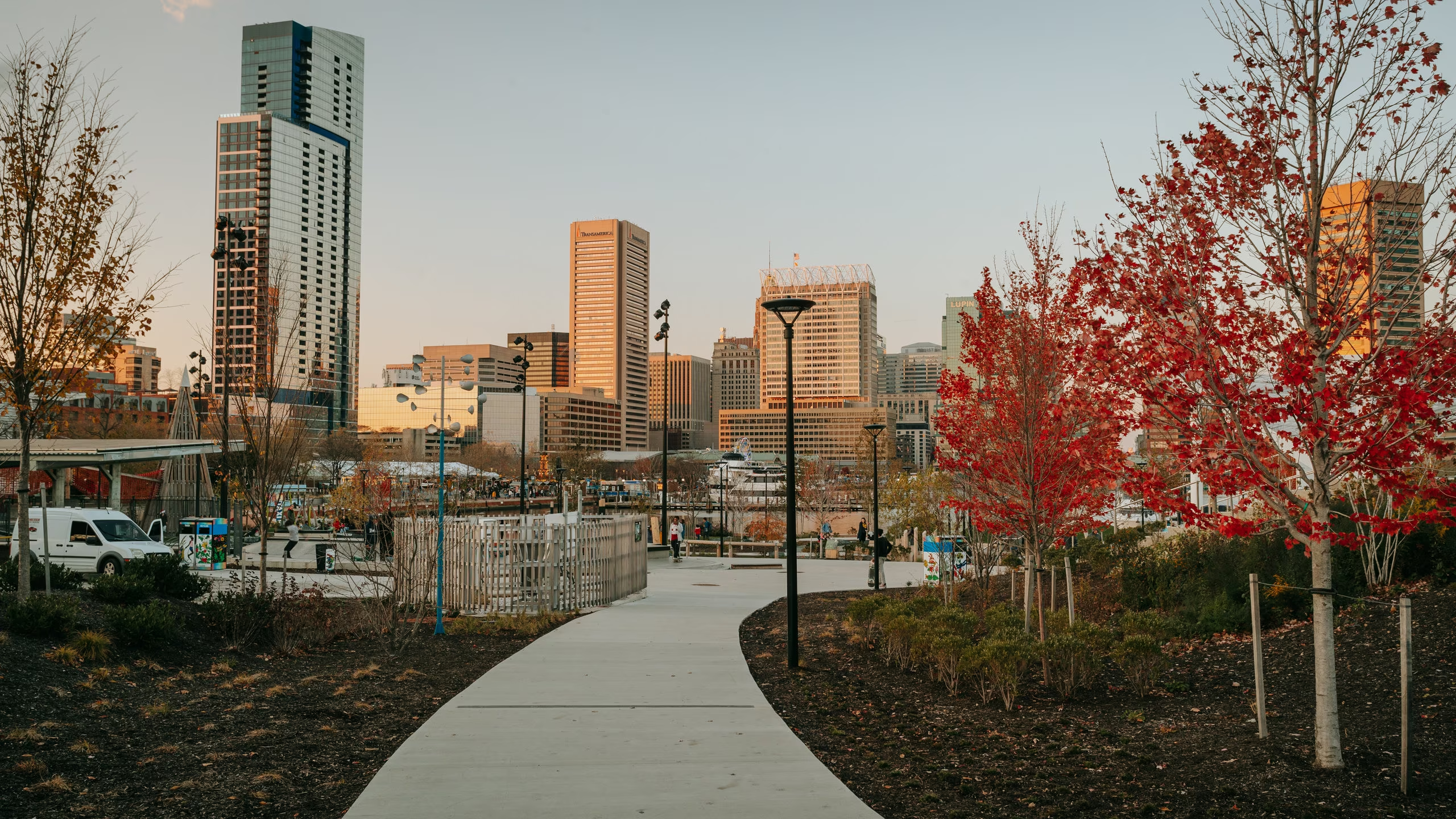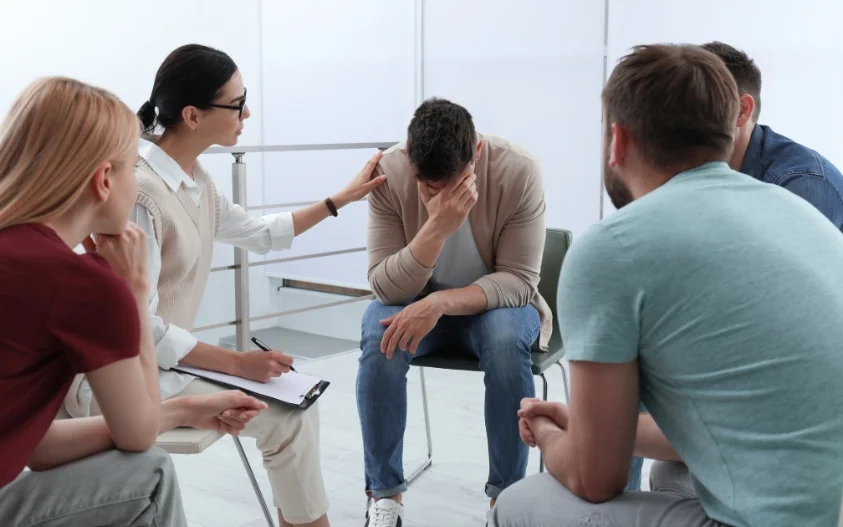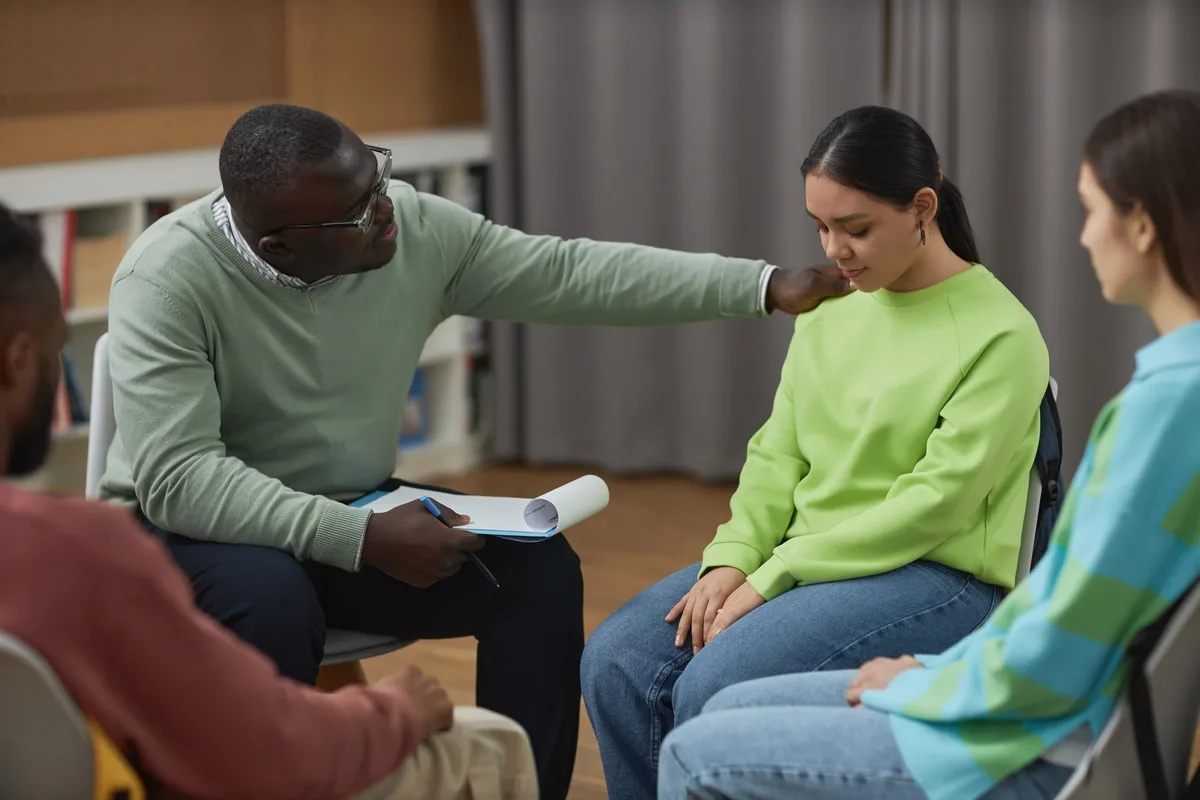primarily focuses on providing compassionate and effective treatment for individuals struggling with various types of addiction. These rehab centers play a crucial role in addressing the pressing issues of substance abuse within the community. Common types of addiction treated in Residential Rehab facilities include alcohol dependency, prescription drug abuse, illicit drug use, and behavioral addictions, such as gambling. The treatment approaches employed by these centers typically encompass a blend of medical detoxification, individual and group therapy, cognitive-behavioral strategies, and holistic treatments such as yoga and meditation, catering to each individual's unique needs. The significance of rehab centers cannot be overstated; they offer a structured environment that facilitates recovery, promotes healthy coping mechanisms, and provides comprehensive support systems essential for long-term sobriety.
The history of Residential Rehab centers in Still Pond traces back several decades, with a growing recognition of addiction as a significant public health issue. As society has increasingly acknowledged the complexities of addiction, these rehab centers have evolved to incorporate advanced therapeutic techniques and a deeper understanding of mental health. Their ongoing impact in the US has fostered improvements in recovery rates, lesser societal stigma, and greater awareness about addiction treatment, illustrating the transformative journey from substance dependency to recovery. Those seeking help can find a supportive community in these centers, ensuring a better chance for a fulfilling and sober life.
Learn more about Residential Rehab centers in Still Pond












































